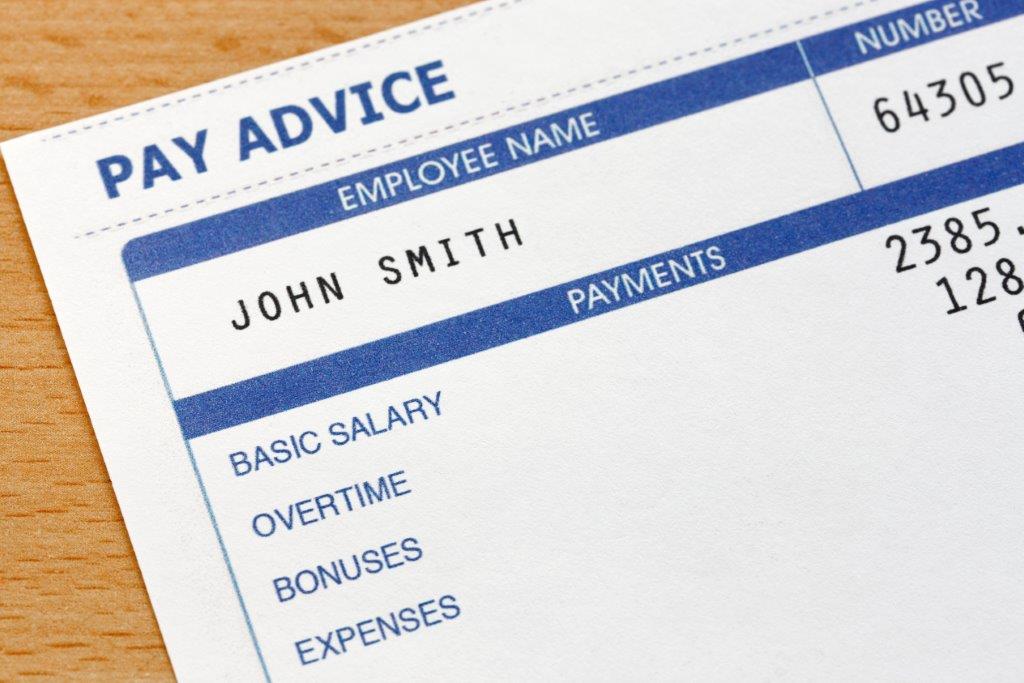
 Posted by tinamitchell - February 25, 2019 3:45 pm
Payslips are changing
Posted by tinamitchell - February 25, 2019 3:45 pm
Payslips are changing
Are you ready?
From 6 April 2019, legislation is changing to state that all workers (including those paid by invoice) will be entitled to receive a payslip, not just employees. In addition, the information that is required to be displayed on a payslip is also changing following a report in 2016 from the Low Pay Commission to Department for Business, Energy and Industrial Strategy (BEIS).
What you need to know
Remember, payslips must be issued to workers on or before payday and must display certain statutory information by law. This includes the gross earnings before deductions, the net earnings after deductions and changeable deductions, such as tax and national insurance. The total amount of other fixed deductions must be displayed, however, you do not have to break these down (although it is generally a good idea to do so), as long as the worker has been given a written statement advising them of how this amount is made up. You also need to display the method of payment and how you are splitting the method, i.e. some cash, some by bank transfer, if applicable.
The Employment Rights Act 1996
In February 2018, The Employment Rights Act 1996 (Itemised Pay Statement) (Amendment) Order 2018 was introduced meaning that from 6 April 2019, payslips must include the number of hours worked and the rate of pay for those workers who are paid according to time worked (e.g. more commonly casual or zero-hour contract workers). These hours should be displayed as a single figure, or separate figures where different rates are paid for different types of work, and is to ensure that the worker can clearly see they are being paid at least minimum wage.
Number of hours contracted
For those who are paid a set amount each pay period (i.e. salaried workers or set weekly amounts), you will still be able to display the rate as a “1 @ £X” type of payment, however, in the contract of employment you must be able to clearly calculate the annual hours worked. If you display the number of hours contracted to work per week for example, please bear in mind that 365.25 days per year (accounting for leap years) does not divide equally into 7 days and therefore, multiplying the hours worked each week by 52 may result in underpaying staff who are paid at national minimum wage. We recommend using 52.18 as a figure for the number of weeks per year, however if there is any doubt, we recommend that you seek employment law advice. For any employee who works in excess of this annual figure in the calendar year from their start date, they must be paid at least the minimum wage for the extra hours worked.
The following link explains in further detail how to calculate hourly rates and pay for minimum wage purposes – https://www.gov.uk/government/publications/calculating-the-minimum-wage/calculating-the-minimum-wage
Do you need further help?
For more help please visit the payroll area of our website or call your local MFW office and speak with a member of their payroll team.


